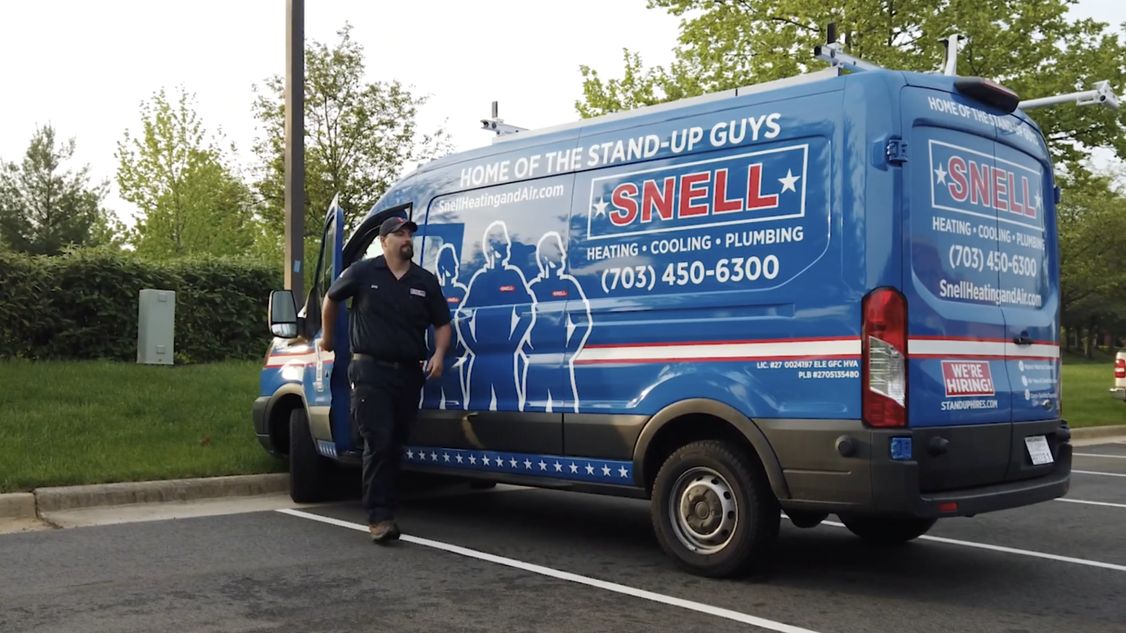
A clogged sump pump can lead to major issues down the road that will cost you both time and money to fix. To avoid that headache altogether, you should know how to unclog a sump pump to fix the problem. Keep reading to learn about the causes and solutions for a clogged sump pump.
How to Unclog a Sump Pump
If a clogged sump pump goes unfixed, it can flood your basement and cause other major household problems. Follow our simple five-step guide to unclog your sump pump.
1. Remove the System
Disconnect the sump pump from the rest of the pump system, and lift it out of the sump basin. Place the sump pump in a bucket or similar contraption that will catch any excess water so it doesn’t get on the floor.
2. Eliminate Clogs in the Drainage Entry & Exit
Check both ends of the discharge lines to see if any debris or foreign objects are stuck inside, preventing water from traveling through and exiting your home. An easy way to prevent drainage entry and exit clogs is to check regularly for any discharge line blockages. To unclog your sump pump, you will need to remove objects that are stuck in the discharge lines.
3. Extract Excess Sediment in Lines
Since sump pumps bring in water from outside your home, with it can come sediment that builds up over time. A sump pump that’s clogged with sediment buildup doesn’t allow for proper water flow. The next step of unclogging a sump pump will consist of removing extra sediment in the drain pipe. If the sediment buildup is toward either or both ends of the discharge pipe, you likely can remove it yourself. However, if the buildup occurs farther down the discharge lines, you might need professional help.
Read More: What Are the Advantages of Low-Flow Kitchen Faucets?
4. Test the Water Pipes
Once you remove any clogged items, check the water pipes to make sure they’re working again.
Here’s what you’ll need to do:
- Fill a bucket with water
- Pour the water into the sump pit
- Turn on the sump pump
If the water pipes carry water to the sump pit and water expels from the other end, the blockage is gone. If the water pipes don’t transport and expel the water completely or quickly enough, there might still be a blockage.
5. Configure the Sump Pump
Re-connect the sump pump to the discharge lines, alarm, and power source. Turn on the sump pump and let it run another cycle to determine if it’s working properly again. It’s working if the system activates the draining process when water fills up in the sump pit.

How To Know When Your Sump Pump Is Clogged
The easiest way to tell if your sump pump is clogged is to check whether it expels excess water from your home—when it rains, for example. If it removes the excess water, it’s not clogged. If it doesn’t remove the water, thus causing partial or total flooding in your basement, it’s clogged.
Top 5 Causes of Clogged Sump Pumps
If your sump pump gets clogged, there’s a good chance it’s a result of one of the following five reasons.
1. Opened Lid
A sump pump with a lid that’s left open will collect all kinds of objects and debris that clog the system. Make sure to keep the lid closed at all times, other than when you’re performing regular system maintenance.
2. Collection of Silt
The water that your sump pump brings in from outside your home carries small dirt particles that collect at the bottom of the pit over time and clog the system. The best way to avoid this problem is to clean your sump pit a few times each year to remove any silt buildup.
3. Blockage in Strainer
Some sump pumps have a strainer that keeps debris out of the system to prevent clogging. Unfortunately, sometimes debris and other objects collect on the strainer and block water from getting through it at all. Clean the strainer a couple of times a year to prevent this blockage from happening.
4. Corrosion
If your sump pump system has a metallic discharge pipe, it will wear down over time due to constant water passage. Whether you need to repair or replace the corroded discharge pipe, it’s best to have an HVAC technician come out to ensure it’s fixed properly.
5. Frozen Discharge Pipes
If you live in a colder climate, the discharge pipe connected to your sump pump might freeze in the winter months. Installing a discharge pipe that angles downward, allowing all the water to drain, is one way to avoid this problem. You also can consider installing the discharge pipe underground below the frost line.

Sump Pump Repair & Installation Services
Our team of licensed plumbers offer exceptional sump pump repair and installation services to homeowners in Virginia. In addition, our technicians provide other types of plumbing services such as sink installation, sewer line replacement, and water heater repair. Our 30+ years in the business means you can rely on us to get the job done quickly and accurately every time. Give us a call at 703-543-9649 or schedule an appointment online to request service. Our expert technicians look forward to working with you.

